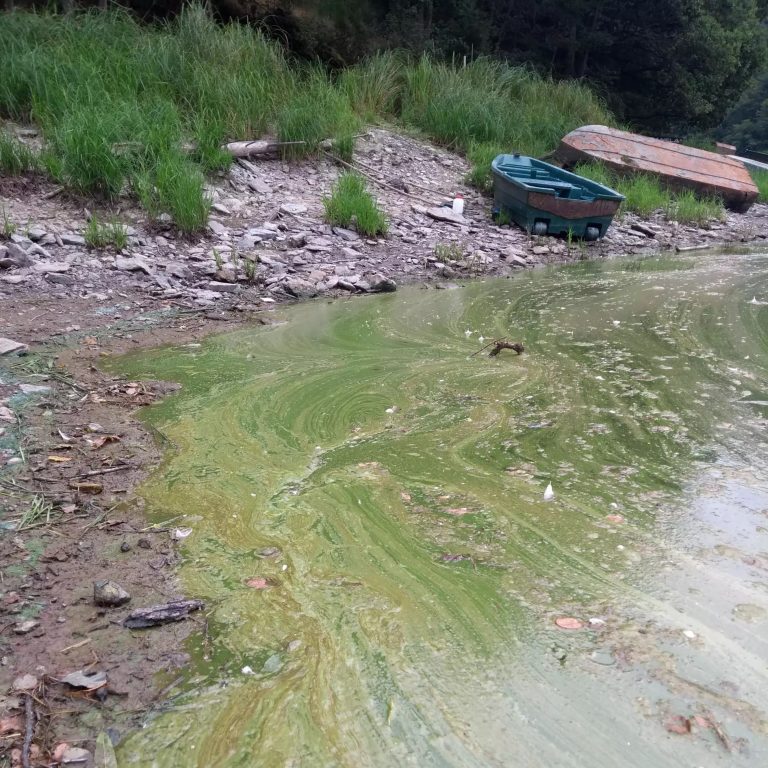INVESTIGATING WATER QUALITY – Mini Case Study for Climate Detectives
The mini case studies for Climate Detectives are intended to help teachers to identify the topic that their Climate Detectives team will investigate and to guide them during the different phases of the project. In the template, teachers will find some suggestions of data that students can collect and analyse. The suggestions are not exhaustive, and the teachers may decide on their own specific focus within a given research area. The mini case study should be used in conjunction with the teacher guide and not as a standalone document.
This case study is dedicated to the topic of Water Quality and students will investigate how climate change may impact water quality regarding cyanobacteria in lakes. This mini case study is an ESA Education production in collaboration with ESERO Luxembourg.
Subject Biology, Science
- Be able to work scientifically by collecting and analysing data, making careful observations, looking for patterns and relationships
- Recognise some of the impact of climate change in water resources
- Identify Cyanobacteria as bacteria that obtain energy via photosynthesis
- Understand how Earth observation satellites can be used to monitor Water Quality
Did you know?
Cyanobacteria are bacteria that obtain energy via photosynthesis. They absorb light using phycobilin pigments (photosynthetic pigments), which give them their unique blue-green colour, to convert carbon dioxide and water into oxygen and glucose. Cyanobacteria converted the early Earth’s oxygen-poor atmosphere to the oxygen-rich atmosphere of today. The name cyanobacteria refer to their colour (from Ancient Greek κυανός (kuanós) meaning ‘blue’), giving them their other name, “blue-green algae”. Cyanobacteria can be seen and monitored by satellites from space.

Weather vs Climate – Understanding the difference between weather and climate
Brief description In this set of three activities, students will learn the difference between weather and climate. They will identify...
A Passage opens – Arctic sea ice and climate change
Brief description In this set of three activities, students will discover the important role Arctic sea ice plays in the...
Copernicus Browser Case Study: Algal Blooms From Space
Brief description This activity supports teachers in guiding their students to investigate algal blooms and their impacts using satellite imagery....
Copernicus Browser Case Study: Oil Spills From Space
Brief description This activity supports teachers in guiding their students to investigate oil spills and their impacts using satellite imagery....


